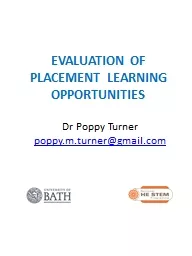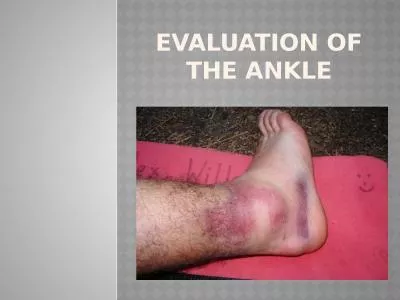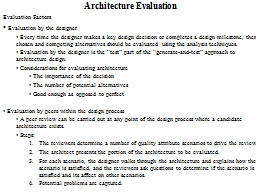PPT-NSDSIII Evaluation
Author : tatiana-dople | Published Date : 2017-08-20
How can progress be measured and lessons learned Can a Theory of Change Assist A presentation to the National Skills Conference 23 March 2017 Richard Jewison and
Presentation Embed Code
Download Presentation
Download Presentation The PPT/PDF document "NSDSIII Evaluation" is the property of its rightful owner. Permission is granted to download and print the materials on this website for personal, non-commercial use only, and to display it on your personal computer provided you do not modify the materials and that you retain all copyright notices contained in the materials. By downloading content from our website, you accept the terms of this agreement.
NSDSIII Evaluation: Transcript
Download Rules Of Document
"NSDSIII Evaluation"The content belongs to its owner. You may download and print it for personal use, without modification, and keep all copyright notices. By downloading, you agree to these terms.
Related Documents














